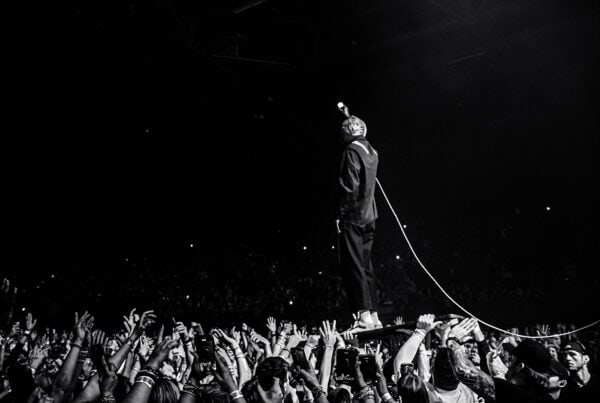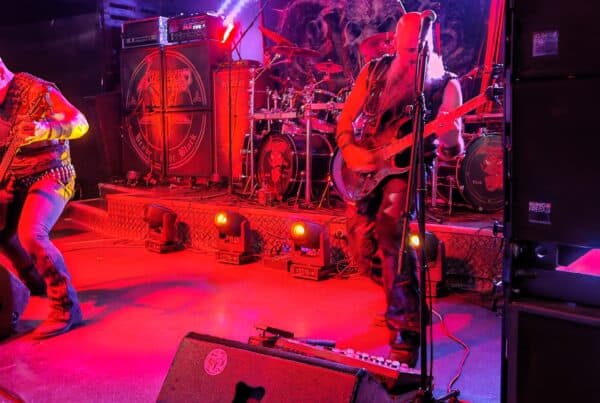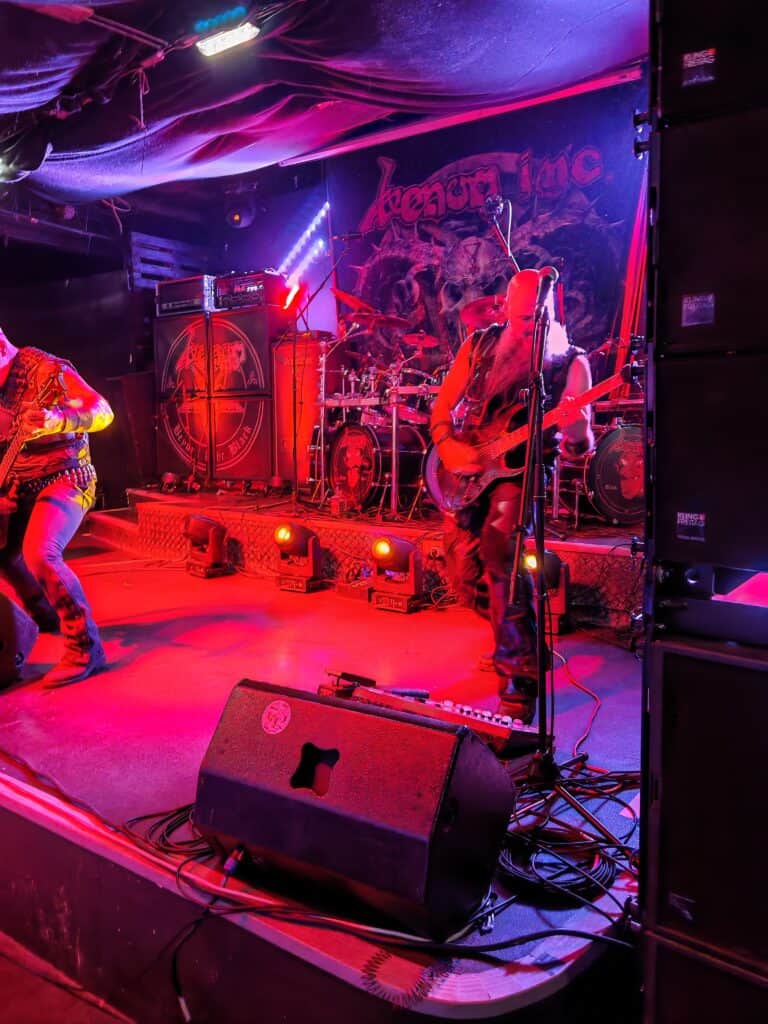We are currently in the holy era of DC Animation, and that’s just accounting for 2024. DC has provided us with the Crisis of Infinite Earths trilogy, My Adventures With Superman, Kite-Man: Hell Yeah!, and Suicide Squad Isekai. We have a few releasing a little later in the year, like Watchmen: Chapter 1 and Creature Commandos, but for now, we get to review and discuss one of the most anticipated DC shows, which is Batman: Caped Crusader.
This series was announced all the way back in 2021, with Matt Reeves, J.J. Abrams, and Bruce Timm attached to produce. It was originally scheduled to release on Cartoon Network and Max, but after the Warner Bros. Discovery merger, it had to be shopped to a different outlet, and fortunately, it found a new home at Prime Video with two seasons ordered. Ed Brubaker, a revolutionary comic writer who has written for iconic characters such as Daredevil and Batman himself, had also been attached to the show as head writer. This has been something that many fans of comic book adaptations have been calling for, and we’ve finally gotten it, but does having a comic writer attached to a show truly make it good?
The answer is yes, it does. It has been shown within the writing why it’s important to have comic writers involved in the process of these projects. They are likely to have a full understanding of these characters that no other person has and will be able to subvert expectations in totally new and efficient ways. When the show was announced, it was promised that it would “reimagine the Batman mythology” and was also described as “thrilling, cinematic, and evocative of Batman’s noir roots while diving deeper into the psychology of these iconic characters.” Well, they stuck to their promise; Batman: Caped Crusaders without a doubt manages to do all those things, making for a very interesting watch on takes of familiar characters we’ve never seen before.
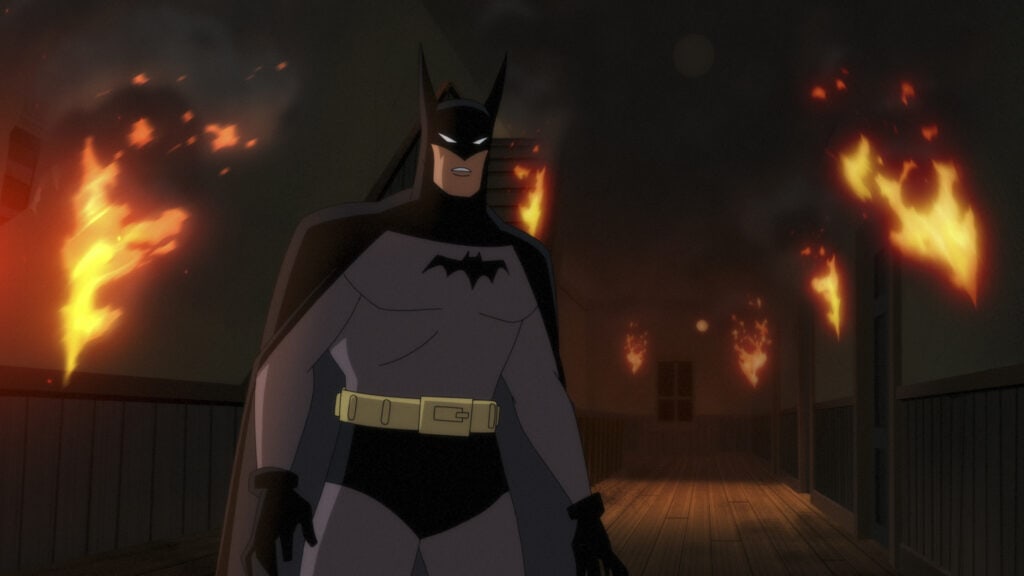
Batman: Caped Crusaders follows Batman during his early years, while he’s still a myth to the rest of Gotham. While rampant crime boss Rupert Thorne is on the streets, Batman comes face-to-face with various criminals threatening the streets of Gotham, Harvey Dent is running for mayor, and Jim Gordon and his daughter Barbara Gordon are trying to save the criminal justice system.
Like many Batman animations in the past, Batman: Caped Crusader follows the villain of the week trope but manages to still have an overarching story like CW DC shows used to. The only difference is that Batman: Caped Crusader has perfected the way to pull this off and not have it be a convoluted mess by the end. There are several key characters in the show, as we have Batman, Jim Gordon, Barbara Gordon, Renee Montoya, Harvey Dent, and more, and they all play a big factor in the larger story at hand. It’s like a chess game; the board is the storyline, and the characters are the chess pieces, and they all move strategically to get to the end point.
When adapting a character like Batman, who has countless media adaptations after him, the best way to tackle a new project is to reinvent the mythos of that character while still sticking true to what they stand for. DC has done a good job of this with their projects, and Batman: Caped Crusader is no exception. Starting off with Batman himself, he’s the one character who sticks true to his roots, and the show gets to explore more of this noir side of him, which fits with the 1940s setting of the show. The true revelation comes from Bruce Wayne and just how different the two are, from their personalities to their voices. Some versions of Batman fail to differentiate the two, but this show makes sure you understand that once Bruce is away from the public eye, he’s Batman, mask or no mask.
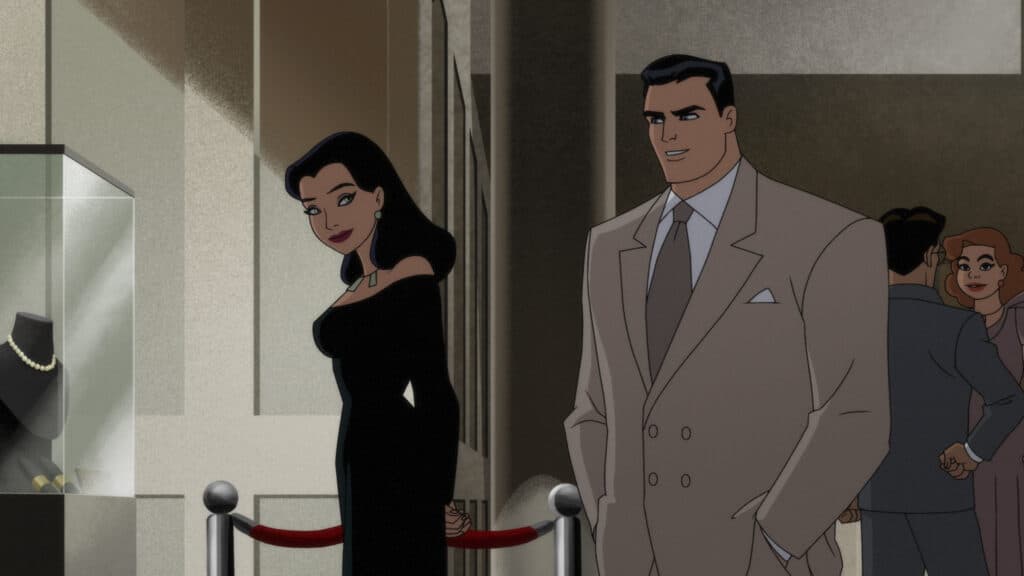
A worry that comes with a new Batman project that’s animated is who will voice Batman. With the unfortunate passing of Kevin Conroy, we have lost our definitive Batman voice, but while he can’t be replaced and will always be a staple, we might’ve found our new definitive Batman voice going forward in Hamish Linklater. There’s a significant difference between how Bruce Wayne sounds and how Batman sounds, and it’s a difference that needs to be welcomed in all future adaptations of the character.
It’s known that when the costume is on, the voice comes out, but there’s a change here, and there’s one scene that really shows you the change where Bruce Wayne is just mingling as he does, but as soon as he steps in the car with Alfred, it feels like a whole different character has entered the scene, and that’s because a whole new character has entered the scene; it is no longer Bruce Wayne, the billionaire who must keep up appearances with society; it’s Batman, the one who brings justice to the streets of Gotham, doing the job that the police can’t do.
Barbara Gordon has also been given a slight change as she works alongside Harvey Dent as a lawyer, getting herself involved with criminals, similar to her father. This is an aspect that I feel provided more depth to the character and allowed her to be her own entity, separate from the Batgirl/Oracle persona that we usually see her attached to.
Renee Montoya was also an interesting addition to the cast, and it made for exciting moments where they would all team up together to take down the criminals. She had two sides to play: to stop the vigilante known as Batman but also to remove the criminals from her street. This puts her in a predicament, as every time she runs into Batman, he is only ever seemingly helping her. Just like her comic counterpart, Renee Montoya in Batman: Caped Crusader is also a lesbian, something that gets touched on slightly, but it’s beautiful to see that the characters didn’t forget that about her, and they also managed to include it in a pivotal moment in the show that has Renee rethink her whole situation.
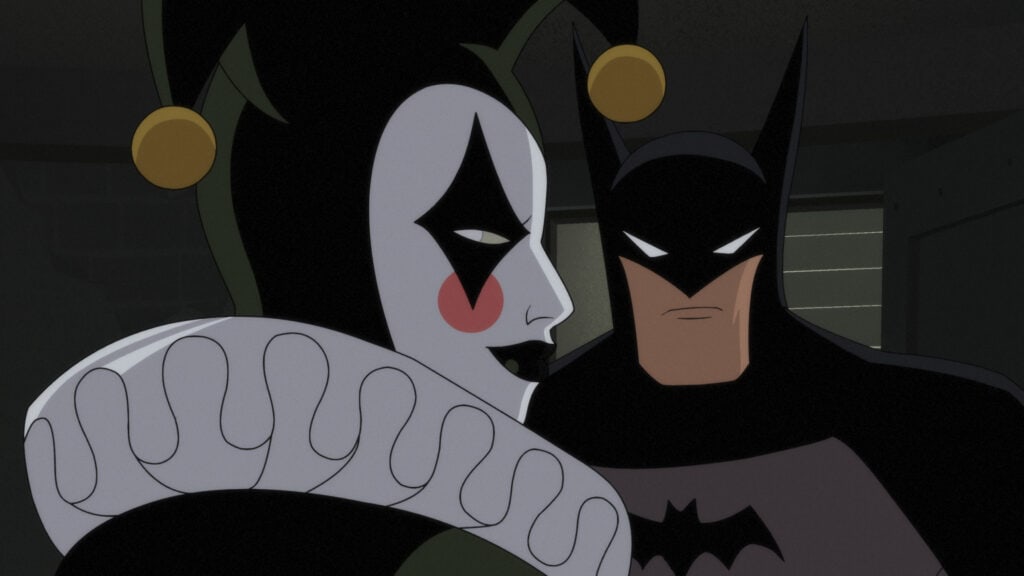
Harley Quinn is a character that’s widely known for having been in a relationship with The Joker; it’s how she starts her crime career, but fortunately for this iteration of Harleen Quinzel, there’s no Joker yet to be seen in this show. Harley Quinn tends to be a character that’s more interesting when she’s disattached from the Joker, and this show takes full advantage of this. The creative team has taken a psychological route with their reinvention of known characters, and it works in their favour, especially with Harleen Quinzel. She retains the same job that she usually has, being a psychiatrist, but this time with no Joker, which sets her off to go down a criminal path. It’s hard to say without stepping into spoiler territory, but episode 5 is still one of the best episodes of this season with how they tackle her character.
As Batman: Caped Crusader is a spiritual successor to Batman: The Animated Series, it takes a lot of inspiration from its art style and animation while also putting its own twist on it to help it fit the 1940s setting that the show is going for. While similar, it’s still possible to set the two apart, and there are many nods in the show that refer back to Batman: The Animated Series.
Batman: Caped Crusader might just be the best animated show to release this year, and I fear I don’t see any competition coming anytime soon to take its throne. It reinvents the Batman mythos in a way that explores them psychologically, with my favourite change being from Harley Quinn. It has a distinctive art style and animation that fits their vision so well.
Hamish Linklater doesn’t only kill it as Batman but does a perfect Bruce Wayne while the show explores the duality of both identities. The Batman has been my favourite show for more than a decade, but Batman: Caped Crusader might’ve just dethroned it.

